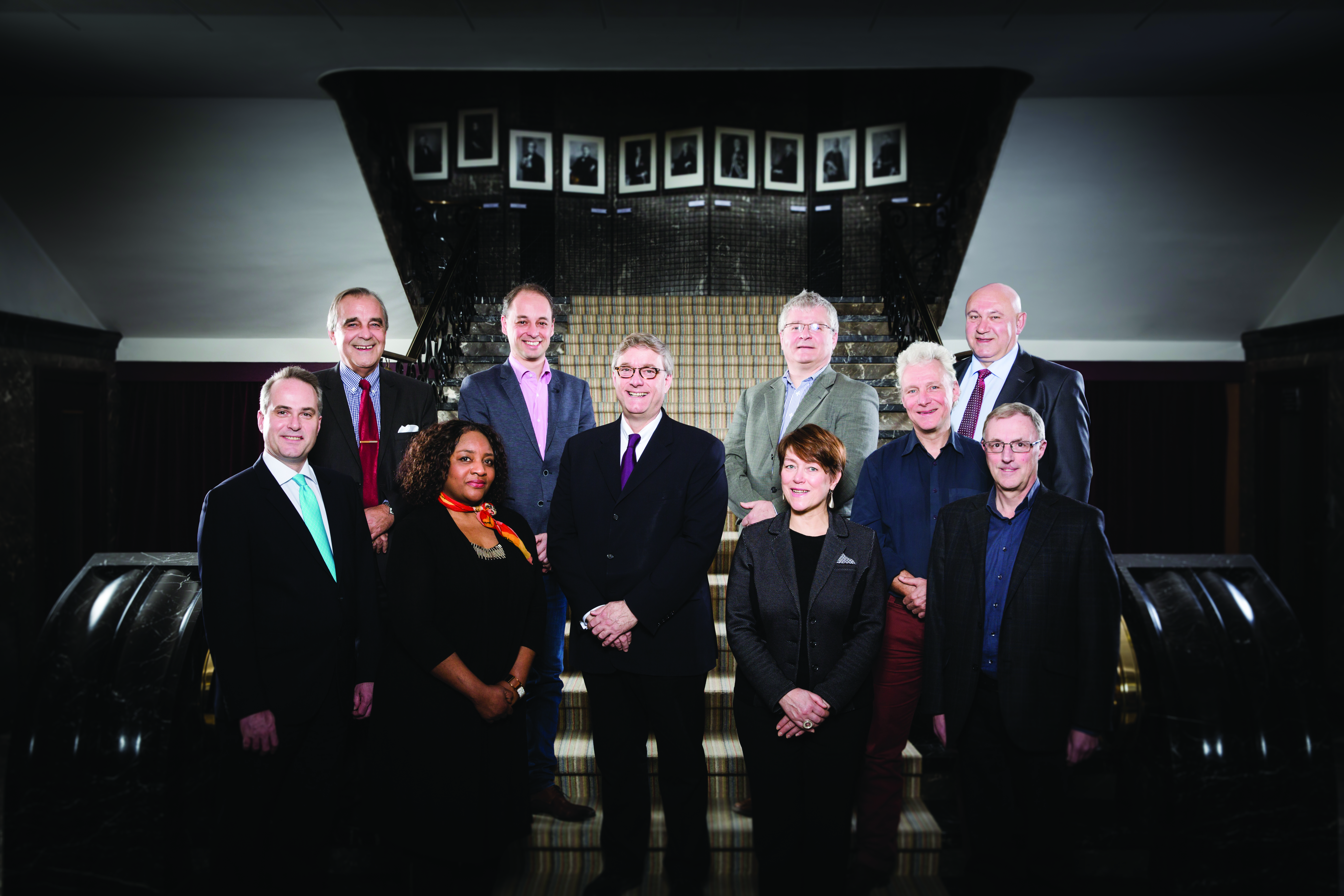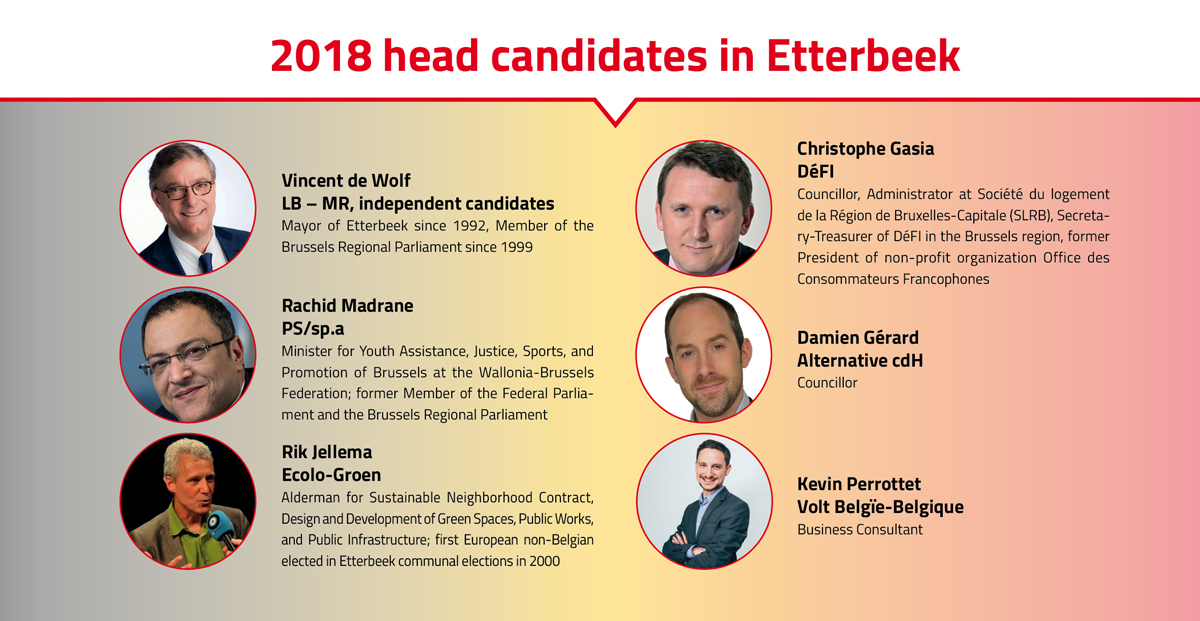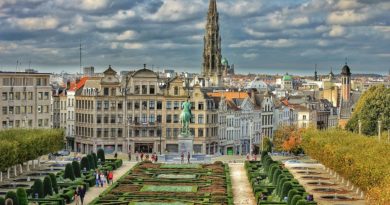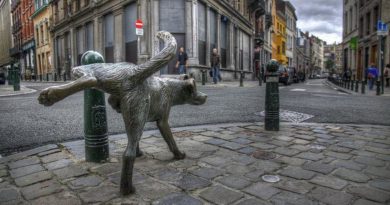2018 Communal Elections: Spotlight on Etterbeek
The heart and soul of the EU capital
If Brussels is the capital of the European Union, Etterbeek would be the heart and soul of the EU capital. The commune located in the center of the Brussels region is home to many EU offices and their employees. It is practically an EU town.
Etterbeek is one of the communes with a strong presence of non-Belgians. Its population of 47,414 includes more than 22,000 foreign inhabitants. Of this foreign population, majority or 77 percent are nationals belonging to EU member states aside from Belgium. Considering the ratio, EU citizens are the most represented in Etterbeek compared to other Brussels communes.
Being close to the European Quarter has influenced the development of Etterbeek in numerous ways, including the installation of EU-related institutions, the influx of international workers, the growth of commercial activities, and the construction of residential areas. These factors have contributed to the rapid urbanization of Etterbeek.
Covering an expanse of 3.15 square kilometers, Etterbeek is composed of about 10 major residential and commercial districts of which the most famous are Place Jourdan, La Chasse Avenue, Rue des Tongres, and Chaussée de Wavre. The commune also features plenty of green spaces including the Cinquantenaire, Jean-Félix Hap Park, and the Fontenay-sous-Bois gardens.

Liberals and conservative liberals have been holding the Etterbeek fort for more than two decades. In the last six years, continuous urbanization has been one of the concentrations of the Etterbeek leadership composed of representatives from the Reformist Movement (MR) in coalition with team Ecolo-Groen, and the Socialist Party (PS). Members of the Humanist Democratic Center (cdH) and the Democratic, Federalist, Independent party (DéFI) constitute the minority.
Among the commune’s most significant projects is the construction of Jardins de la Chasse, a brand new district encompassing three hectares of land that will accommodate around 200 residential units, a childcare facility, a nursing home, and a parking area. It will also be the site of a newly built communal hall with centralized services. Project costs are estimated at 35 million euros. The commune also launched the renovation of Place Jourdan into a greener and more spacious semi-pedestrian zone. The project will cost approximately 3.3 million euros.
Aside from urban development, sustainability projects also figured considerably in the commune’s agenda. In 2013, Etterbeek was selected by the Brussels regional government to carry out its very first Sustainable Neighborhood Contract with a budget of 15 million euros. The commune adopted a program aimed at improving living conditions in neighborhoods and providing more affordable housing for Etterbeek’s mixed population of low, middle, and high income households.
On the other hand, the MR-led council has been criticized for launching overly ambitious development projects that are taking too long to finish and putting too much strain on resources. Lack of transparency has been another issue against Etterbeek’s leaders. There have been calls for them to clarify their criteria for allocating public funds.
In this year’s communal elections, candidates belonging to MR will once again join forces with independent candidates to campaign under the Liste du Bourgmestre (LB) or the mayor’s list. The PS will run in tandem with its Flemish counterpart, the Socialist Party Differently (sp.a). Ecolo is partnering with Groen while Alternative cdH, DéFI, and Volt Belgïe-Belgique are launching their own separate campaigns.




